Research
Search our website
Search our website by entering a keyword or choose a database above to search specifically.
Search
Showing search results 4,151 - 4,160
14,716 results found
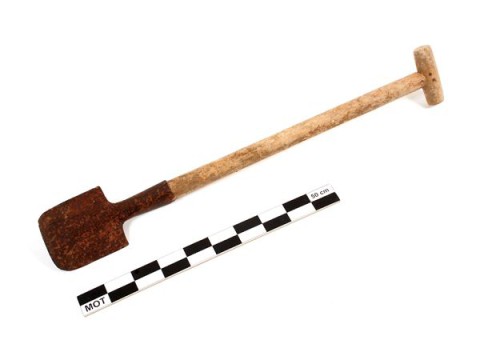
Spade (brickmaker)
To dig clay, a spade is used with a short T handle and a small iron blade
that is in the same plane as that handle. The stem length is adapted to the
user; the length of the blade decreases as the digger digs out the clay
deeper (from about 18 to about 12 cm). The worker forcefully pushes the
spade into the ground without using his foot. That is why he makes sure
that the edge is always sharp and he regularly visits the blacksmith.
[EMABB]
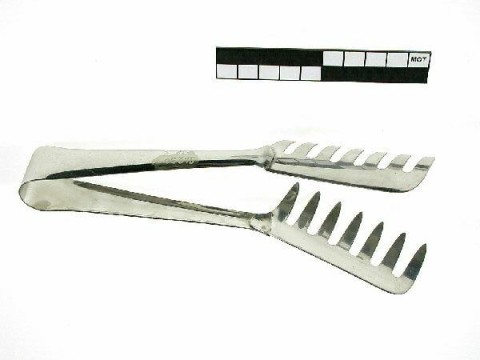
Spaghetti tongs
With these tongs you grab the spaghetti from the bowl and put it on the
plates. The jaws are broad and serrated to grip the top layer of spaghetti.
When one grabs too deep, the spaghetti is difficult to grasp or one takes
too much at once. The jaws are slightly slanted on the axis so that one can
easily enter the bowl and still use the full width of the jaws. See also
the spaghetti or pasta spoon. [MOT]
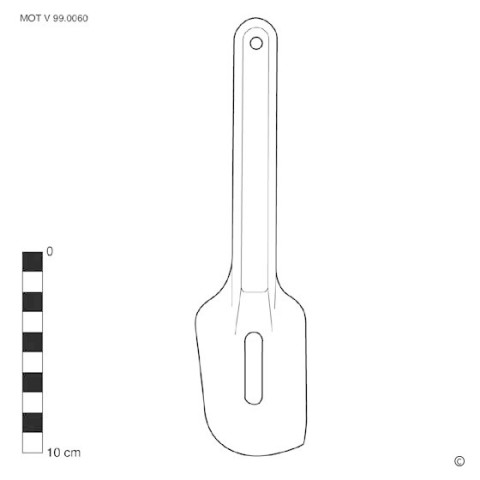
Kitchen scraper
This text can only be consulted in Dutch
<https://www.mot.be/resource/Tool/spatula-kitchen?lang=nl>
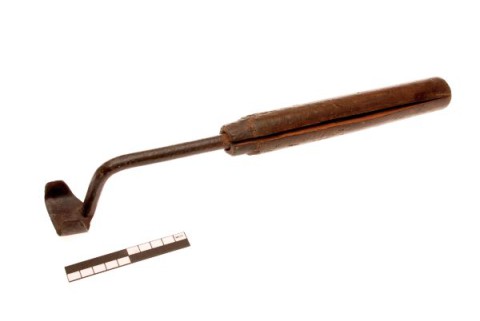
Sole knife
This text can only be consulted in Dutch
<https://www.mot.be/resource/Tool/sole-knife?lang=nl>
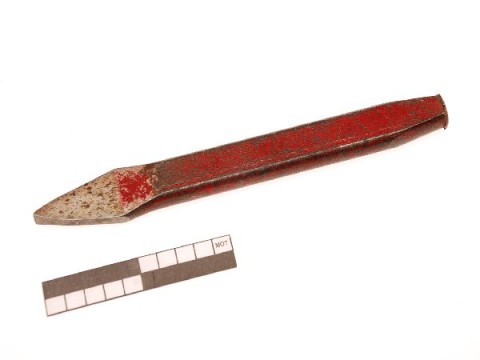
Splitting chisel
All-metal chisel approx. 20-50 cm long to cut a narrow groove in a metal
plate to make it easier to break or in a horseshoe where the holes for the
horseshoe nails will be driven. The splitting chisel has a fairly narrow
cut (approx. 9-13 mm) which is ground at an angle of approx. 60 °. This
allows you to work with it to a fairly great depth. The whole is usually
rectangular in cross section. To be distinguished from the stonecutter's
splitter. [MOT]
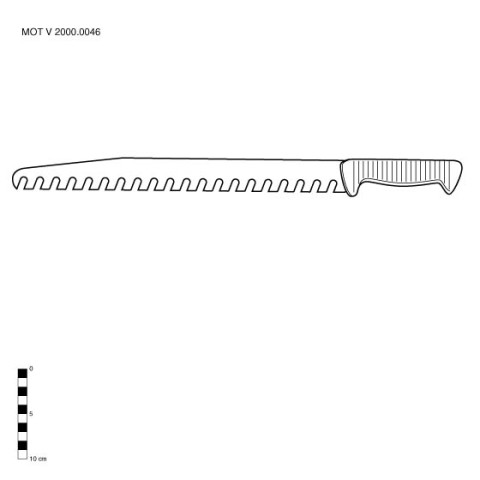
Snow saw
About 50-60 cm long and about 5 cm wide saw with usually very large teeth
(1) - compare with the frozen-food knife - with which snow blocks are cut
to build an igloo. The length of the hand tool is decisive for the size of
the blocks that can be sawn; the width to be able to exert enough force
when loosening those blocks (2). Not infrequently, the snow saw is made
yourself (3). [MOT] (1) Although long knives without teeth are also used.
(2) HAGEN: 56-59. (3) For example PRATER: 82: "use a piece of tempered
aluminum alloy about 1/8-inch thick, 2 inches wide and 26 inches long.
Attach a wooden handle to one end, leaving 20 inches for the cutting blade.
Hacksaw serrations in it for the cutting teeth."
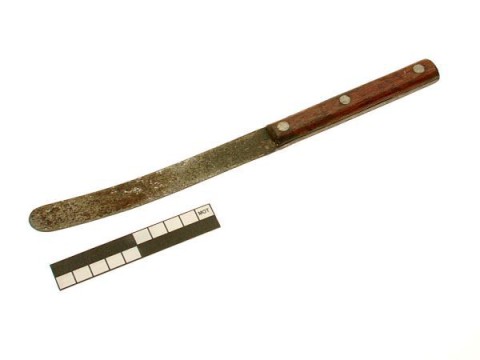
Spatula for soil auger
Strong spatula to remove soil from the working part of a soil auger. It has
a short (approx. 15 cm) flat curved top, attached to a straight wooden
handle. See also the key for soil auger. [MOT]
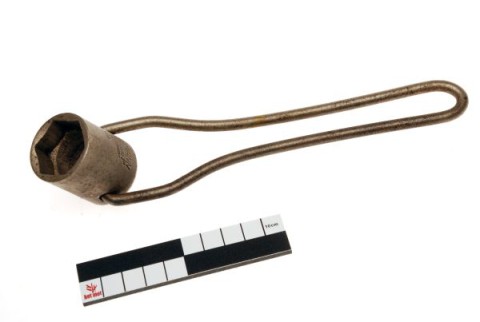
Spark plug spanner
This text can only be consulted in Dutch
<https://www.mot.be/resource/Tool/spark-plug-spanner?lang=nl>
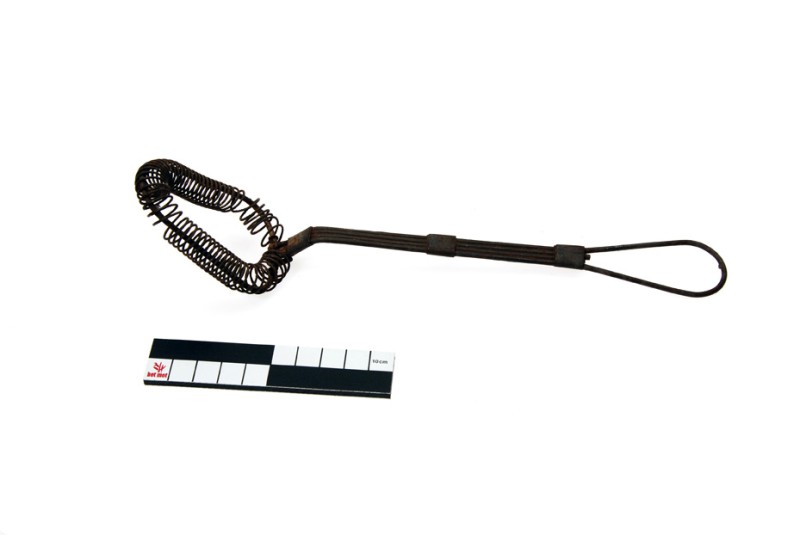
Spiral whisk
This text can only be consulted in Dutch
<https://www.mot.be/resource/Tool/spiral-whisk?lang=nl>
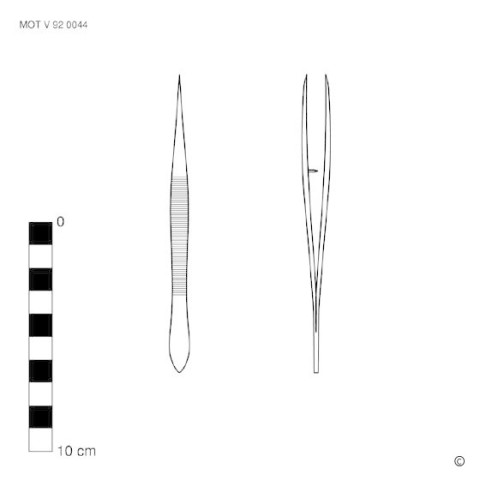
Splinter tweezers
This text can only be consulted in Dutch
<https://www.mot.be/resource/Tool/splinter-tweezers?lang=nl>
